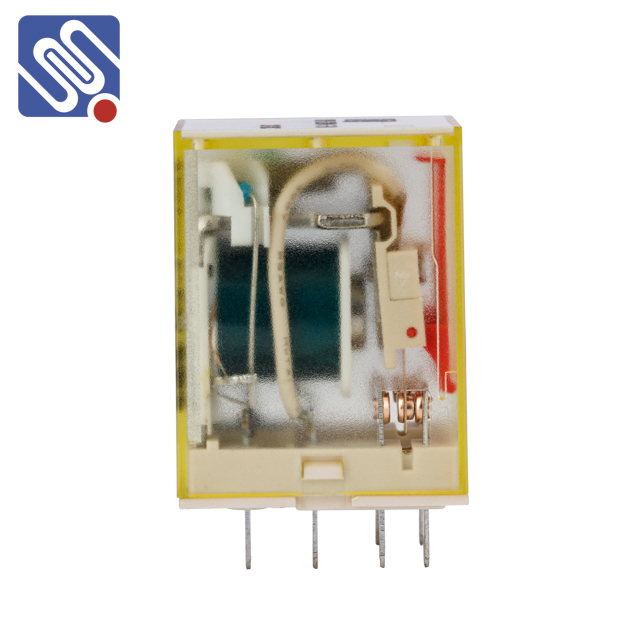Industrial relays are crucial components used in a variety of automation, control, and electrical systems to enable the switching of electrical circuits. These devices act as electrical switches that allow low-power control signals to control high-power circuits, providing both convenience and safety. Their use spans across numerous industries, including manufacturing, power distribution, automotive, and telecommunications. In this article, we will explore the fundamentals of industrial relays, their types, applications, and importance in modern industrial settings.

What is an Industrial Relay? An industrial relay is an electrically operated switch that can control the flow of electricity in a circuit. Typically, it consists of a coil, contacts, and a mechanism for switching. When an electrical current flows through the coil, it generates a magnetic field that moves the switch’s contacts, thus either closing or opening a circuit. This enables the relay to control larger currents and voltages with a much smaller control signal, making it ideal for use in automation and control systems. Types of Industrial Relays Industrial relays come in several types, each suited to different applications and operating conditions. Some of the most common types include: